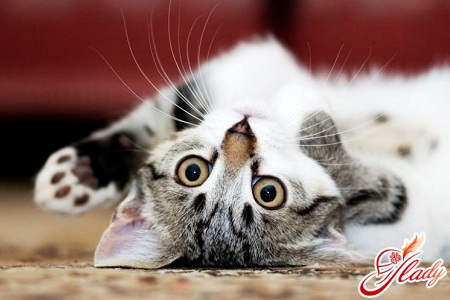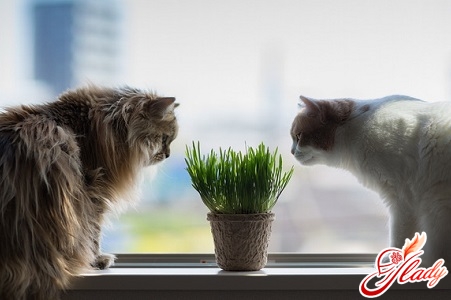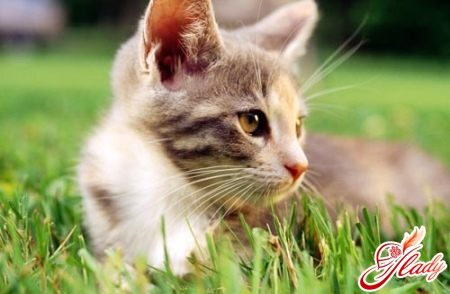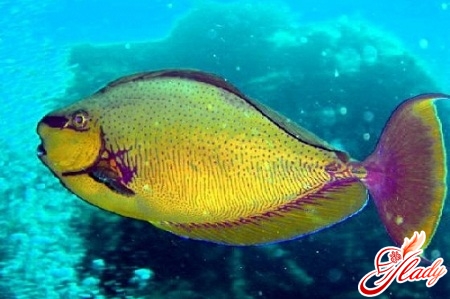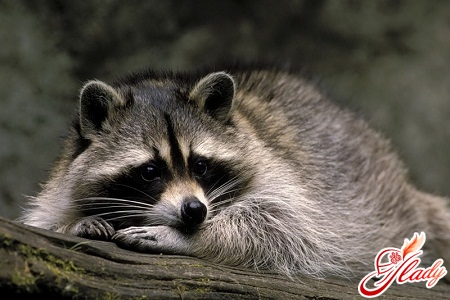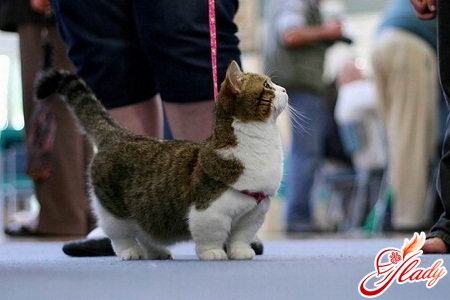 Munchkin - cats of this breed have oneunique distinguishing feature. These are cats with short legs. Munchkins are not the result of targeted selection, but rather a spontaneous mutation. But let's take it in order: where and how these unusual cats came from, and what this breed is today.
Munchkin - cats of this breed have oneunique distinguishing feature. These are cats with short legs. Munchkins are not the result of targeted selection, but rather a spontaneous mutation. But let's take it in order: where and how these unusual cats came from, and what this breed is today.
Where did the munchkins come from?
The ancestor of modern munchkinsis considered a homeless short-legged cat Blackberry (Blackberry), who was found in the American state of Louisiana in the early eighties of the last century. This black and white (already pregnant) cat was picked up by compassionate Sandra Hohenidel, who believed that the foundling's short legs were the result of a difficult childhood or some kind of illness. However, this amazing cat turned out to be quite healthy and playful and gave birth to the same healthy, but also short-legged offspring. It was these kittens that gave rise to a new breed, which was officially recognized in the USA in 1985. By the way, the story of this family has a very happy continuation. One of Blackberry's shortest-legged kittens, the cat Toulouse, went to live on a farm with a new owner, Kai Lefranc. Thanks to the free farm life, Toulouse had a very large offspring, which had extraordinary success not only among the surrounding farmers, but then far beyond the state. So the homeless cat Blackberry and the farm cat Toulouse can be called the founders of the Munchkin breed - cats with short legs. The breed of short-legged cats was officially presented in the spring of 1991 at the exhibition of the International Cat Association (TICA) in New York. By the way:
- Munchkin (cat) received its name due to the small characters of the fairy tale "The Wizard of Oz" by F. Baum, known in the Russian translation as "chewed";
- animal advocates opposed this breed, believing that breeders bring cat's health to fashion;
- unusual cat-dachshunds were known in Europe in the thirties of the 20th century, where they were called kangaroos;
- there is a legend that such short-legged cats were seen in military Stalingrad, with the front legs of the Stalingrad cats much shorter than the rear, which further strengthened their similarity with kangaroos;
- there are mentions of similar cats that live in the vicinity of Sevastopol.
It is likely that World War II prevented the appearance of the short-legged cat breed much earlier than it did. Although, prerequisites for this, apparently, were there.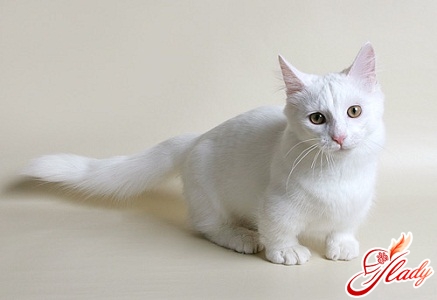
How did the Munchkins appear?
Short legs are well known in the pet world.animals. In particular, such popular dog breeds as dachshunds, scotch terriers and bassets do not surprise anyone. However, in the world of cats, Munchkins are simply unique. The reason for the appearance of such a distinctive feature as short legs is achondroplastic dwarfism (a genetic phenomenon). In fact, this is not dwarfism as such. True dwarf breeds have proportionally reduced body parts (from the head to the tip of the tail). With achondroplasia, only the limbs become short (and thickened), and this occurs as a result of a violation of the growth of cartilage cells. If the achondroplasia gene dominates in the genotype of a cat, then it is possible for her to have short-legged offspring. And if one of the cat parents has short legs, then among their kittens there will definitely be Munchkins.
What are the Munchkins?
Numerous medical studiesIt was established that short legs do not limit the mobility of cats and have practically no effect on their viability. Although they do make adjustments to the usual behavior of cats. For example, if ordinary cats stand on their hind legs to see something hard to reach, then Munchkins behave differently. In this case, they sit tightly on their "bottom", using their tail as a strong and comfortable support, and their front legs hang along the body. This pose makes them really look like a kangaroo. Today, Munchkins are muscular cats with short legs, which have three varieties of the breed: standard, super short-legged, dwarf. In addition, all these cats can be either long-haired or short-haired. Absolutely any coat color is allowed in the breed standard. However, among short-haired Munchkins, the most popular variations are Siamese and patterned colors, and among long-haired ones - smoky, silver and bicolor. Among the characteristics of the Munchkin's character, it is worth noting their intellectual abilities, friendliness, sociability, and curiosity. These cats love to walk on a harness, easily meet new people and other pets, are sociable and gentle. Munchkin owners note their literally dog-like devotion to the owner, equanimity, affection, and playfulness. Being a representative of an unusual breed of cats, the Munchkin will become an excellent companion who combines devotion and independence and is so different from other cats. We recommend reading:




